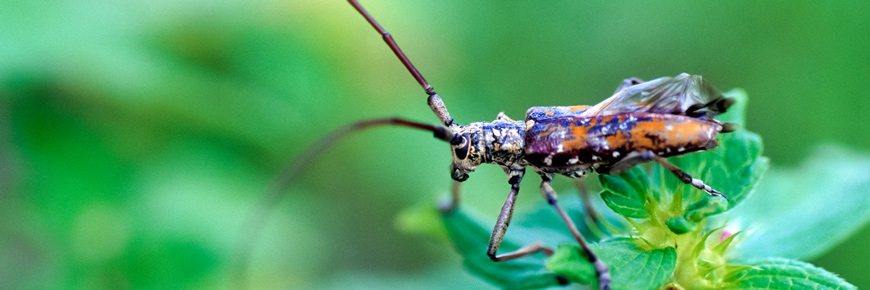
Scanning the bugs
Using a genetic identification method called “Barcode of Life,” researchers complete a major survey of insect diversity in national parks.
Visitors to Canada’s national parks will often go out of their way to catch a glimpse of “charismatic megafauna” such as whales, elk, caribou and buffalo. And they’ll often go out of their way to avoid the skittering minifauna—beetles, ants, flies, spiders, wasps, mites, and so on.
But these creatures have one great virtue for the scientist: they are very numerous, and so easy to sample. And collectively they can tell us a lot about the state of an ecosystem.
“It’s hard to get a sense of biodiversity from the megafauna,” says Dr. Stephen McCanny, Manager of Monitoring and Ecological Information at Parks Canada. “But insects can give us a real sense of the richness of our parks.”
That richness is familiar to any camper. “When you put up a tent,” observes Dr. McCanny, “the bugs get in.” And that basically sums up the method used for this major Parks Canada inventory. Staff, volunteers and scientists set up Malaise insect traps—simple tent-like structures invented by Swedish biologist René Malaise—in 43 of Canada’s 46 national parks.
The Canadian National Parks Malaise Program, as it was called, was a collaboration between Parks Canada and the Guelph Centre for Biodiversity Genomics.
“Could you get some bugs for us?”
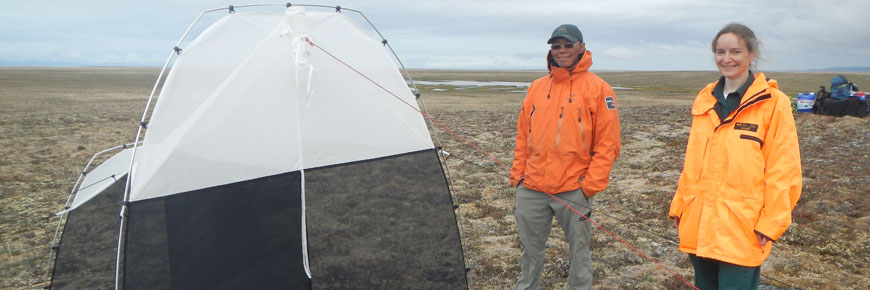
The program, which ran between 2012 and 2014, sampled insect diversity in all habitats across the country. To supplement the Malaise trap, survey participants used a variety of other simple traps—such as a pan filled with soapy water.
As Dr. McCanny says, the directive given to survey participants was very straightforward: “Could you get some bugs for us?”
And bugs they got. By the end of the program, volunteers, scientists and Parks staff had collected more than 725,000 specimens.
But catching the bugs was only the first step. Researchers then had to classify them into distinct species, which is not easy with the huge and diverse phylum Arthropoda (to which insects belong). That’s where the Guelph Centre for Biodiversity Genomics came in. The Centre specializes in a highly accurate method of genetically identifying species called the “Barcode of Life.”
Developed by University of Guelph scientist Paul Hebert, this method focuses on a certain section of a specimen’s gene that, like the barcode on store products, has a sequence for each species. Researchers can enter the sequence into a database in order to identify the species.
After analyzing the insect DNA from Canada’s parks, researchers found some very interesting patterns.
Did you know?
In some parks, says Dr. McCanny, the species richness was comparable to that of the tropics. Ontario’s Thousand Islands National Park, for example, had 3 795 types of arthropods—the highest of all the parks.
Ecosystems that have more species are better able to respond to shocks and disruptions such as those brought about by climate change.

As might be expected, parks that were close to one another had a similar species composition. Gros Morne and Terra Nova, for example—301 kilometers apart in Newfoundland—had 938 arthropod types in common. That was the highest proportion of species in common for any two parks.
But there were some interesting exceptions to this rule of geographic similarity. Sable Island National Park, a sandbar some 300 kilometers offshore of Halifax, had the most insect species in common with Wood Buffalo National Park, which straddles the border between Alberta and the Northwest Territories.
Dr. McCanny thinks that this surprising result may be due to similar environmental conditions in the two parks—a sandy open habitat, for example.
He has high hopes that the survey—both cost-effective and comprehensive—will be re-done in the future, to refine our sense of Canada’s biodiversity. “To me, this is something that any park can do,” he says.
It is a powerful addition to the suite of monitoring tools that Parks Canada uses to measure the health of our protected areas.
Researchers collected thousands of bugs to get a picture of biodiversity in our national parks. Here's how it went:

71 participants in the survey

43/46 national parks were involved

88 Malaise traps were set up
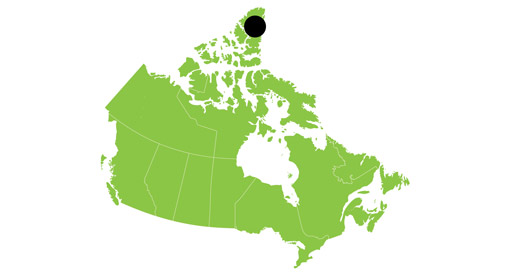
Quttinirpaaq, Nunavut: northernmost insect trap
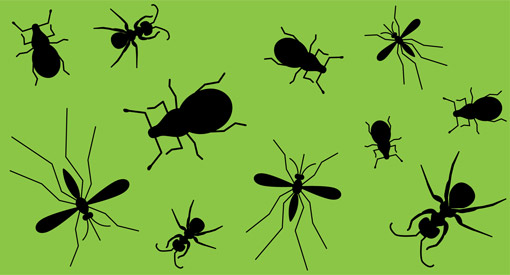
More than 725,000 specimens collected

A bug's DNA is like a barcode
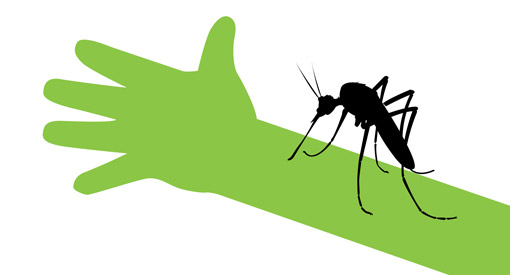
428,000 insect bites during the study
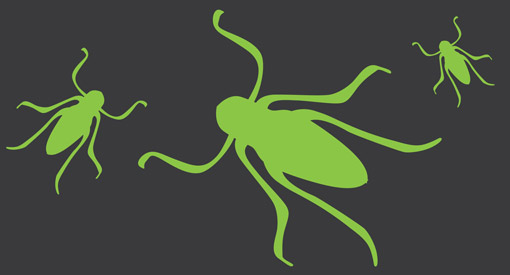
3,795 types of arthropods found in Thousand Islands National Park
More bug variety = Healthier ecosystems = More resilient parks
- Date modified :